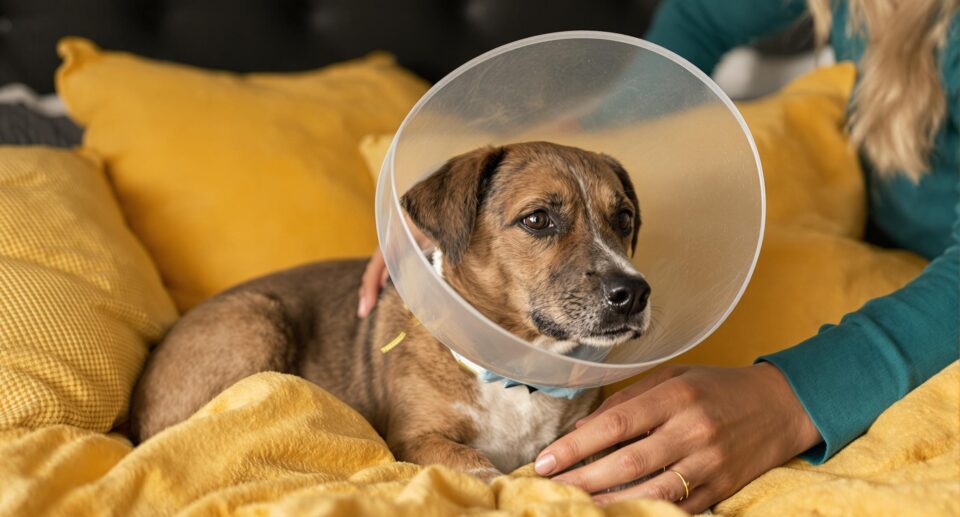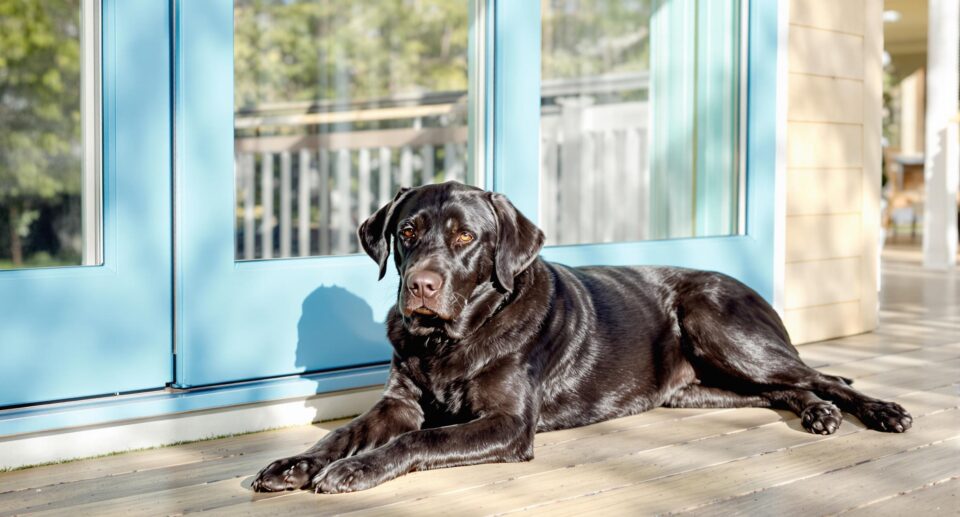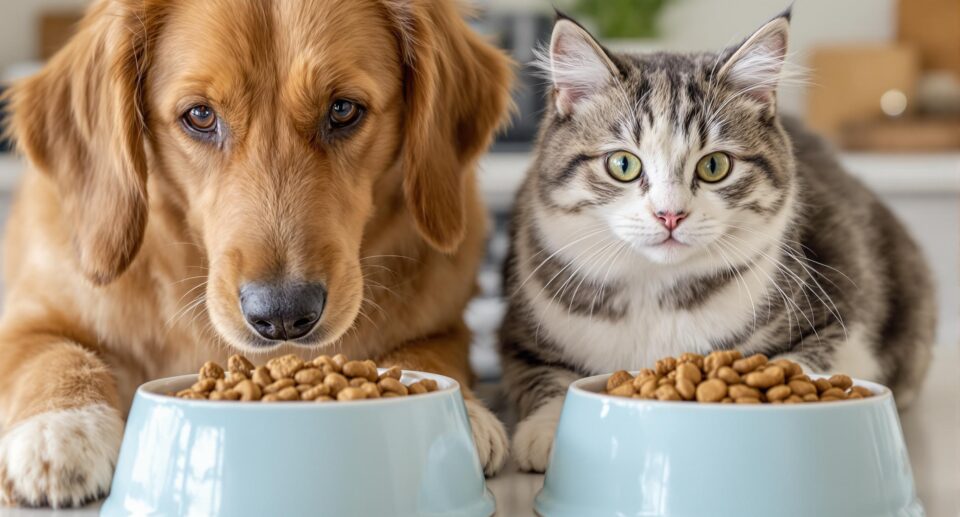How Are Dogs Neutered?

Neutering in pets removes the testicles through an incision in the skin. While there are several different techniques, all pets are anesthetized for the procedure. Blood tests prior to surgery are recommended. Some pets receive IV fluids during surgery. Most veterinarians provide pain medication in addition to anesthesia so that after the anesthesia wears off the pet remains comfortable. Conscientious veterinarians also dispense pain medication to keep your pet comfortable as they heal. It was once believed that pain was desirable because it prevented pets from being active and damaging the surgical site, but research has shown the opposite is true: pets provided with pain medication heal much faster than pets that are in pain.
Techniques for surgery are slightly different in dogs and in cats. In dogs, hair is clipped from the lower abdomen, the area is cleaned, and an incision is made through the skin. The testicles are pushed up from the scrotum and removed through the incision. The incision may be sutured or stapled closed, or it may be left open to close naturally within hours.
In cats, the sac of skin around the testicles (scrotum) is plucked clean of hair and the skin gently cleaned. A cat’s scrotal skin is extraordinarily sensitive, so the area is not shaved with a clipper and is not scrubbed. An incision is made just large enough to slide the testicle through. Some veterinarians use one incision for both testicles, others create two incisions. The tiny skin incision is left open and it closes naturally within hours.
Although surgical techniques vary, the end result is that the testicles are removed and blood vessels, lymph vessels, and nerves that lead to the testicles are cut and the ends are tied off. Whether the incision is open or sutured, there should be no bleeding and minimal fluid will collect at the edge or drip. Although the skin edges seal within 24-48 hours, the area is not fully healed for up to three weeks.
Key facts about neutering procedures in dogs and cats
- Neutering involves removing the testicles. Blood vessels, lymph vessels, and nerves that lead to the testicles are cut and ends tied off
- Post-op care includes limiting exercise and slowly increasing back to normal over time
- Calming pheromones can provide comfort while your pet is recovering
Neuter post-operative care
After neutering, keep your pet quiet and limit exercise. Feed only broth until you see your pet’s intestines are working and they are passing gas or defecating normally. Then, provide one meal of easily digested food such as chicken soup and rice. This fully stimulates the intestines, which may be sluggish after anesthesia. Return to normal feeding unless your pet vomits or has no appetite–in which case, notify your veterinarian.
Prevent jumping and running for one week, then slowly increase the amount of activity. Pets that become active too quickly can have several problems:
- Scrotal swelling
- Pain
- Infection
- An open incision site (dehiscence)
How to care for your dog or cat after neuter surgery
Use a collar that releases calming pheromones, such as Adaptil Collar for Dogs or the Sentry Calming Collar for Cats.
Provide fiber to establish normal bowel habits and prevent constipation in an animal that is less active than normal. Be Well for Dogs is an excellent source of fiber and healing antioxidants.
Place a cool pack on the scrotum to decrease swelling and pain. This is especially helpful for older pets with large scrotums.
Notify your veterinarian if there is:
- Fever
- Swelling
- Heat or redness
- Vomiting
- No urine within 12 hours
- No appetite within 24 hours
- No stool within 24-36 hours
- A tendency to lick area excessively
- An opening of the incision
Retained testicle (cryptorchidism)
The two testicles descend into the scrotum of pets during the first 8 weeks after birth. Some pets have testicles that don’t reach the scrotum and are called “retained” or “undescended” testicles. The scientific name is cryptorchid (crypt=hidden and orchid=testicle). These pets may still appear masculine because testosterone is produced as usual.
The testicles can be retained high up in the abdomen or low in the groin (inguinal region) where they are easy to palpate. Because the cells in the testicle are normally cooler than the rest of the body, when testicles are retained they overheat. Overheated cells are about 10 times more likely to develop cancer, and overheated sperm from that testicle is nonfunctional. Retained testicles can twist in the abdomen and create a painful, life-threatening torsion. Thus, veterinarians recommend surgery to remove retained testicles.
The tendency to have retained testicles is inherited in dogs and cats and is passed on through the DNA to the young. About 1% of dogs have retained testicles, with the most commonly affected being toy and miniature breeds: Yorkshire Terriers, Pomeranians, and Toy Poodles. In cats, 1-2% have retained testicles.
The breeds commonly affected by cryptorchidism are: Ragdoll, Maine Coon, Persian, and Himalayan. It is not considered ethical to use a cryptorchid dog or cat for breeding even when it has one normal testicle.





